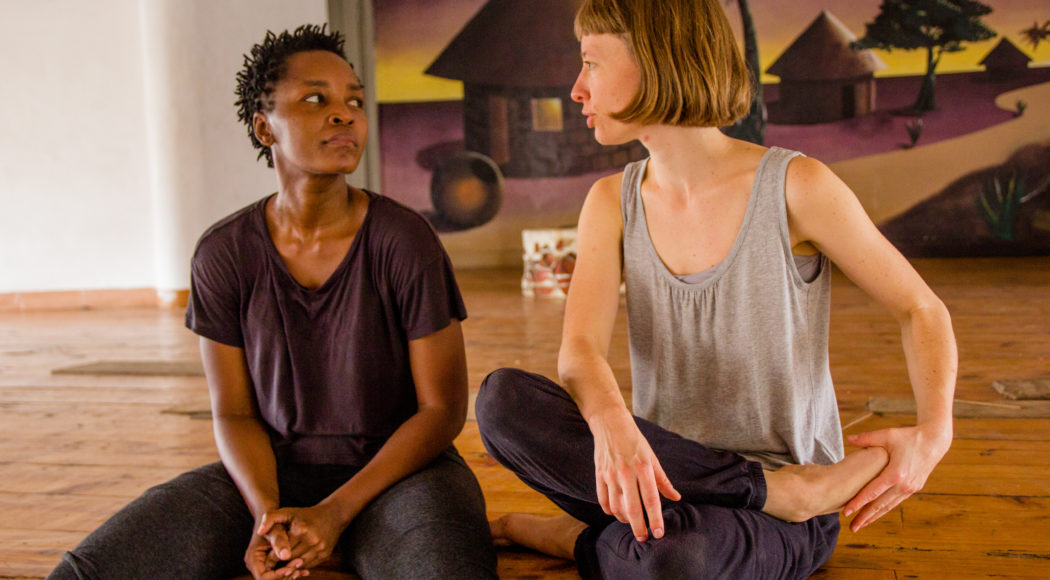Katja Manjate & Anna Till – Tanz/Performance 2019/20
Discipline: Dance/Performance
Project name: life in numbers
Anna Till: “A look at the statistics reveals: your date of birth, the money on your account, the number of your children, the inhabitants of your city, how often you make phone calls a day, how much time you spend sleeping, how many friends and relatives you have, the price of butter, the size of your house, how many days you spend in the church each year, and so on. The choreographer Katia Manjate, who comes from Maputo, the capital of Mozambique, and the Dresden choreographer Anna Till have intensively dealt with statistics for their new work: For a loaf of bread they pay 52 Meticais or 3 euros, Katia turns 62.3 years old, Anna 83.5. They are 1.68 metres and 1.54 metres tall. Katia has 5.24 children, Anna 1.5. They have a monthly income of 31 euros or 3,224 euros, Katia sees the sun 7.7 hours a day, Anna 4.6 hours. On average, statistically speaking.” Jorge Domingos: “Numbers are everywhere. We need numbers to leave and to survive in this world.” By Katja Manjate (MOZ) and Anna Till (DE) | Music by Jorge Domingos (MOZ) and Johannes Till (DE) | Dramaturgy of Panaibra Canda (MOZ) | Produced by situation productions (Dresden) and Culture Arte
What inspires you? Jorge Domingos: “New sounds and new research.”
Your first thoughts about HELLERAU? Anna Till: “No Dresden without HELLERAU! Openness, experiment, topicality. The unique combination of nature and culture (see Cultural Garden), past and future and an audience of all ages. (at home)”
How would you describe your way of working? Anna Till: “First and foremost was the encounter between Katia Manjate and me. The encounter in dance, but also in private. We exchanged intensively about our two realities of life and work in Maputo and Dresden and our interests in the performing arts. Within the cooperation in a duo, in which both are dancers as well as authors of the piece, the confrontation with the opposite is essential. We have regularly introduced ourselves to our ideas and then checked whether the other person has something to do with the idea or how she reacts to it. Then we went very quickly into practice, trying out scenes and movements, varying them, repeating them – recorded on video and then viewed and discussed them together afterwards.


